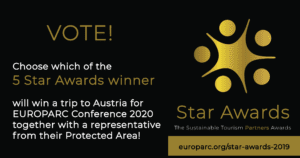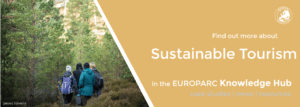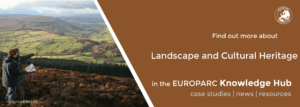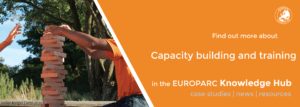Get to know Deltapolet Natura i Sabers, Star Awards winner 2019
Photo: Delta Polet
Congratulations! Star Awards 2019 winner “Contribution to conservation”
“Deltapolet Natura i Sabers“, the catalan name for “Deltapolet Nature and Knowledge”, is the EUROPARC Star Awards 2019 winner in the category of “Contribution to conservation“. Their actions and services are based on sustainability and conservation, and support enormously the Delta del Ebro Nature Park (Spain). In this category, EUROPARC has evaluated the efforts dedicated to protecting natural and cultural heritage and the ways to enhance their awareness and understanding.
Essence, Awareness, and experience. More than tourism…
…is how they define themselves. Throughout their activities such as guided tours, educative activities and even an ecocultural safari, they create a different experience for the visitors that want to live the essence and roots of the Ebro Delta. They aim to make everyone love their park as much as they do.
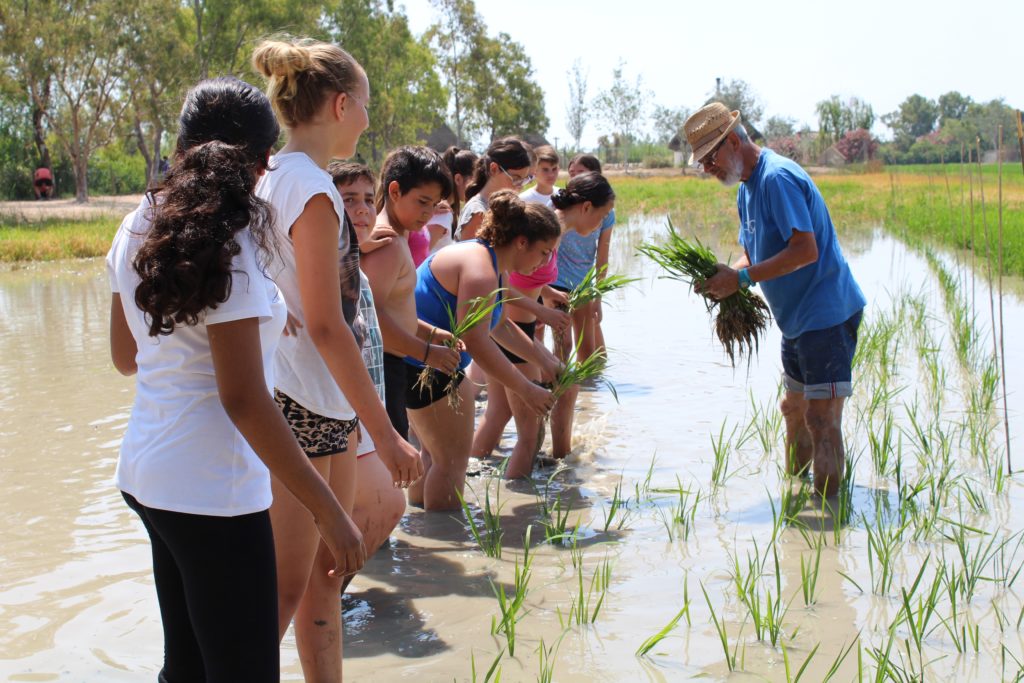
Photo: Delta Polet
Delta Polet’s values and communicating actions are strongly based on the recovery of the traditional knowledge of the Delta. The manual rice cultivation, traditional fishing and the work and handcraft of vegetal fibers are the core of the knowledge they want to spread and maintain as a vehicle to guarantee the sustainability of food outside of oil industry and the preservation of the fauna and flora of the Park.
Tourism is art, passion, imagination, culture and hospitality.
At the end of the activities, each visitor becomes a new ambassador of sustainable tourism and is awarded with an ecotourism certificate. Making society understand the threats of massive tourism and the importance of the transition to sustainable tourism contributes to the well-fare of both nature and Parks. By this mean, the visitors compromise themselves to prioritise sustainable destinations in the future. These values are well remarked in each one of the services provided, as they respect the environment by avoiding visits to fragile and threatened areas of the park and measuring and respecting the charge capacity.
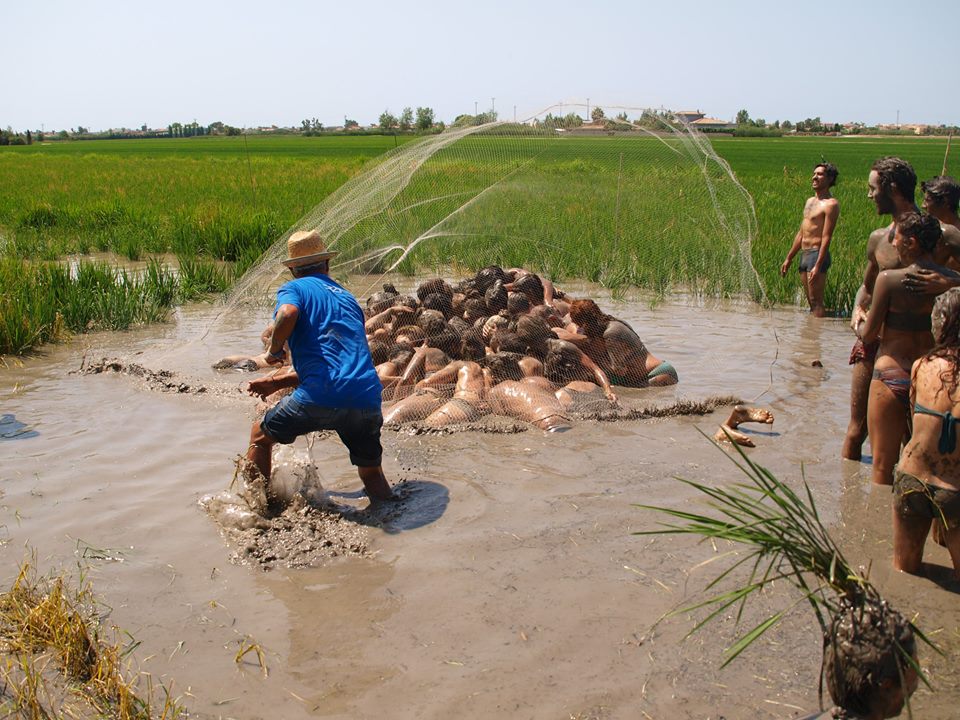
“Tirant to rall a l’Arrossar” – Photo: Delta Polet
Furthermore, they collaborate with the Park and other NGOs in conservation activities both directly in the field and also through publications and social media. Since 2005, they support and are part of the European Charter of Sustainable Tourism.
More than 30 years of history
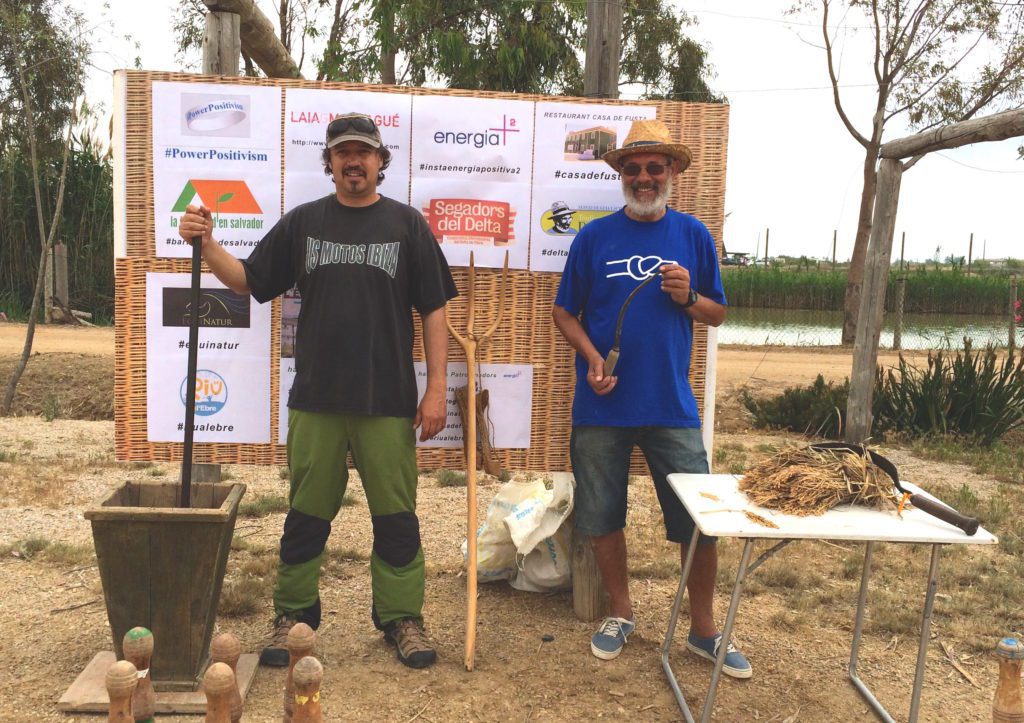
Photo: Delta Polet
Deltapolet follows the philosophy of Polet, the owners’s father, who lived in the period when all Ebro Delta’s traditional practices started to disappear as machines were taking over the work. He decided to maintain the knowledge of his ancestors and to be able to get resources without using machines or chemical products.
In 1983, Polet fought to create the Ebro Delta Natural Park and avoid the creation of a vacacional resort. Nowadays, Deltapolet follows the tenacity of their father to share the cultural heritage with the world to save one of the most biodiverse places on the Mediterranean Spanish coast.
Thanks to their work, they became a reference for sustainable tourism and preside and participate in several associations of stakeholders in the region and Spain.
An online public voting is now running, to select one winner out of the five awarded, who will be invited to present their business at EUROPARC Conference 2020. VOTE NOW!
Georgia’s Colchic Rainforests and Wetlands nominated as UNESCO World Natural Heritage Site
Source: The Agency of Protected Areas of Georgia
For the first time in Georgian history, some of the country’s Protected Areas have been nominated as a UNESCO World Natural Heritage Site.
Georgian Protected Areas nominated as UNESCO Natural Heritage Site
Article issued by the Agency of Protected Areas of Georgia
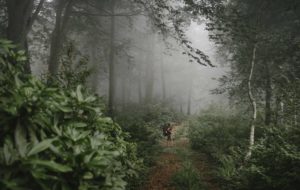
Source: The Agency of Protected Areas of Georgia
Unique biodiversity, various ecosystems and landscapes with majestic mountains, green hills and rocky beaches, that is Georgia – a beautiful country full of contrasts in the Caucasus region, on a strategic crossroads of Europe and Asia.
Georgian people are very proud of their natural heritage and especially of the Protected Areas, which undoubtedly represent the distinctive natural treasure of the country.
Currently, 87 Protected Areas of six different IUCN categories exist on the national level, comprising 667 000 ha in total. Despite the small area, Protected Areas are distinguished with unique biodiversity, and are undoubtedly worth visiting at least once in a lifetime to create unforgettable memories.
The year 2019 has started with some significant events for the Agency of Protected Areas, which is the main responsible body for managing and preserving Protected Areas in the country. For the first time in Georgia, Colchic Rainforests and Wetlands have been nominated as the UNESCO World Natural Heritage Site. This case is unprecedented, as the natural monuments in Georgia have never been nominated as a UNESCO Natural Heritage Site until now, although the country has plenty of architectural wonders and art inscribed as UNESCO cultural heritage Sites – showcasing Georgia’s vibrant culture.
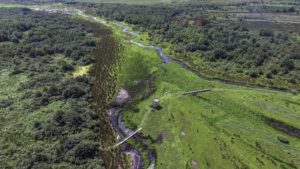
Source: The Agency of Protected Areas of Georgia
In early October of this year, within the frames of the nomination procedures, two IUCN experts have visited all the seven component areas to assess the unique biodiversity and management efficiency of nominated property. Within the appraisal mission, various field trips, workshops and meetings with the local communities have been arranged. Furthermore, at the end of the mission, an extended conference with the active engagement of various stakeholders has been conducted to discuss and summarize the implemented activities within the evaluation mission.
Recognition of Georgian Protected Areas
Nomination of protected areas as a World Heritage Site has the utmost importance for the country. According to the documentation, the four protected areas have been selected for the nomination of serial property: Mtirala National Park, Kolkheti National Park, Kintrishi and Kobuleti Protected Areas, which represent an important part of Caucasus eco-region and the Black Sea Basin.
Colchic Rainforests and Wetlands represent the main habitats for relict and endemic species of the Red List. Kolkheti lowland is the shelter of important species that survived the glacial period.
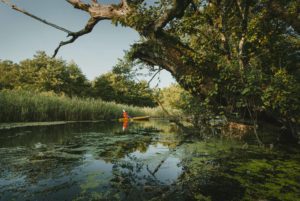
Source: The Agency of Protected Areas of Georgia
Granting the status of the World Heritage Site will enhance the recognition of protected areas of Georgia on national, as well as on international level, which will ensure better conservation of these areas, development of eco-tourism on selected areas which, as a result will be beneficial for improving social-economic conditions of local people living adjacent to protected areas.
Georgia is looking forward to the final decision of UNESCO World Heritage Committee which will be officially published in the upcoming year 2020.
For more information, visit National Parks of Georgia and their Facebook page.
Sustainable Tourism: Training for Tomorrow – Discover the free online learning platform
The Erasmus+ project ‘Sustainable Tourism: Training for Tomorrow’ launches a new capacity building tool. This free, online learning platform offers an answer to the key training needs that are currently experienced by professionals working on sustainable tourism in protected areas (PAs). The online platform offers 9 learning modules in 4 languages to acquire those skills.
The free online learning platform is available now
Each of the 9 available ‘Sustainable Tourism Training ‘-modules consists of a short video introducing the topic, key info, inspiring cases and a quiz to assess your knowledge (if successful, resulting in a certificate). The modules discuss themes like ‘reducing impacts’, ‘conservation through tourism’, ‘effective visitor communication’ and ‘social cohesion’.
>>>>visit the official website of the project<<<<
Discover the ‘Sustainable Tourism Training ‘-platform now!
In 2020, the consortium of 6 partners will further extend the platform with new case studies and resources. These additional cases will take into account the results from the Training Needs Analysis and the output of the Multiplier Events (scheduled around February 2020).
Training needs analysis report
The 3 key training needs that were previously identified through the training gap analysis, are:
- tools for monitoring tourism impacts on the environment, economy and communities
- methods to define and measure sustainable tourism indicators
- knowledge of national and international initiatives, networks and specialist groups that support professionals developing sustainable tourism and recreation in and around protected areas
Read more in the analysis report summary.
Erasmus+ project ‘Sustainable Tourism: Training for Tomorrow’
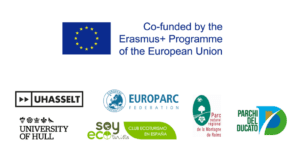
This project is co-funded by the Erasmus+ programme of the European Union. It aims to increase the quality, supply and accessibility of training in sustainable tourism for Protected Area stakeholders across Europe. The consortium members are: Hasselt University (Belgium); University of Hull (United Kingdom); EUROPARC Federation (Germany), the network of ecotourism professionals (AEE) in Spain, Ente Parchi Emilia Occidentale (Italy) and Montagne de Reims Nature Regional Park (France).
Celebrate in silence: Czech parks launch a campaign against fireworks
In all four National Parks of the Czech Republic – Šumava, Podyjí, Bohemian Switzerland and Krkonoše – the New Year’s Eve celebrations will have to respect the ban on the use of pyrotechnics.
Enjoy the New Year’s Eve in National Parks without fireworks
The law on nature and landscape protection forbids the use of pyrotechnics in all National Parks, including municipalities in the parks areas.
The use of fireworks and pyrotechnics, accompanied with loud explosions and strong light effects, is very stressful for wild animals.
“When running away, most often at night, they have to use a lot of energy needed for other purposes, and they risk to get injured,” explains Radek Drahný, the press agent of the Krkonoše administration.
“Even pets, that are used to many unnatural noises and light effects from people, are afraid of fireworks. Obviously this is even worse for wild animals,” adds Tomáš Salov, the spokesman of the Bohemian Switzerland NP administration.
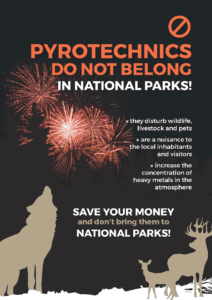
The ban is valid since 2017 when a new amendment to the law on nature and landscape protection was adopted. After two years, it seems that calm celebrations of the New Year’s Eve are becoming more and more popular.
Spread the word!
All four Czech National Parks now try to spread the word and inform visitors to prevent them from using fireworks. Together with the Czech Ministry of environment, the parks published a poster in several languages, that is being disseminated among visitors’ centers in the National Parks, but also to hotels and spread on social media.
The fine for breaching this law can be up to 10.000 CZK (400 EUR).
“There will be more than enough fireworks in the whole country, and national parks should be the islands not only of beautiful nature, but also of peace and silence. So come enjoy the New Year celebrations to national parks a bit differently – more calmly,” concludes the Czech minister of environment, Richard Brabec.
Watch a short film that explains why the ban on fireworks in National Parks is so important (voice-over only in Czech).
Download and share the poster in 6 languages
DE A4 poster fireworks EN A4 poster fireworks
